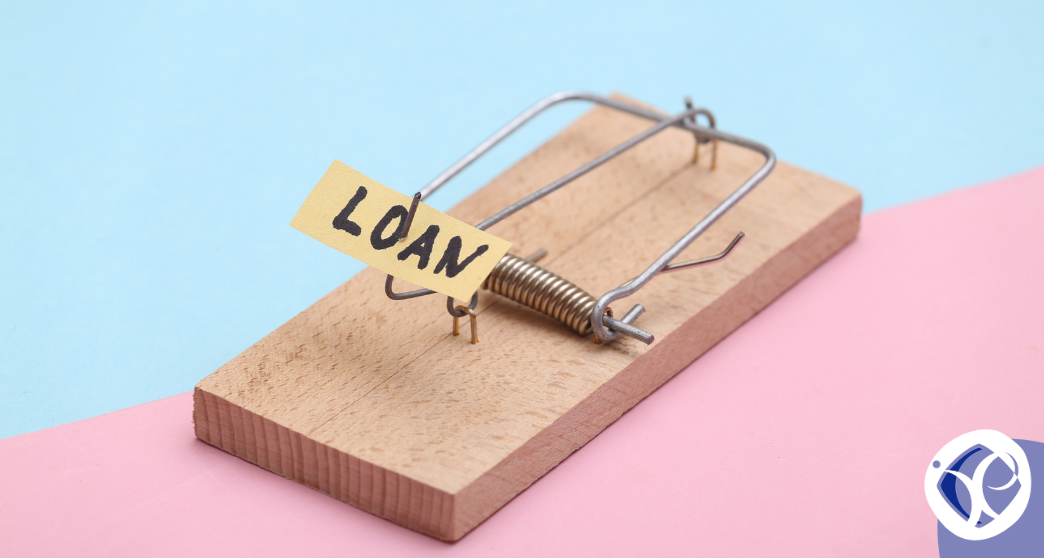For directors of limited companies, there’s one financial pothole that’s often underestimated until it causes serious damage: the Director’s Loan Account.
While it may seem like a convenient method to draw funds from your own company, misunderstand its rules and you could be hit with a sizeable tax bill.

(Read Time: Approx. 4 minutes)
Topics Discussed:
- How overdrawn Director’s Loan Accounts trigger major tax liabilities
- Practical tips to avoid HMRC scrutiny and penalties
Understanding the Director’s Loan Account
A Director’s Loan Account (DLA) is essentially a record of the money a director takes out of or pays into the company, outside of salary and declared dividends.
It’s common for directors to dip into company funds and then balance this through profits or repayments.
However, trouble arises when funds taken exceed what’s due to the director or aren’t promptly repaid.
The Overdrawn Trap
If your company makes a loan to you as a director and this isn’t cleared within 9 months of your accounting year-end, HMRC imposes a tax charge under Section 455 of the Corporation Tax Act 2010.
The rate? A striking 33.75% on the amount still outstanding.
That’s not all. If the loan is significant, HMRC may also treat it as a benefit in kind, leading to further personal tax implications.
The benefit is usually calculated based on the average balance and interest that should have been paid.
This can mean an additional 3.75% tax burden for the director.
Even though the Section 455 tax can be reclaimed when the loan is repaid, this isn’t immediate and can cause serious short-term cash flow headaches for your business.
Everyday Purchases Can Be Costly
One often overlooked aspect is how small, personal purchases made using the company card can quietly accumulate into a substantial overdrawn balance.
A £20 expense here, a £40 Amazon purchase there.
By year-end, your bookkeeper might have assigned all of this to your DLA without much thought.
HMRC has become wise to this tactic and regularly requests DLA breakdowns during enquiries.
In fact, they’re increasingly averaging the outstanding balance over a period, rather than just at year-end, particularly when transactions seem frequent or personal in nature.
This means you could face a tax charge even if the loan was paid back in time, simply because it remained high during the year.
Why Suspense Accounts Can Help
If you’re unsure whether an expense is business or personal, don’t let your accountant or bookkeeper shove it into the DLA “dumping ground”.
Instead, use a suspense account to park questionable transactions until they’re reviewed and properly categorised.
This gives you time to make sure you’re not inflating your DLA with expenses that could later come back to bite you.
Profit vs Withdrawal Mismatch
One of the biggest red flags for HMRC is when directors consistently take out more from the company than it generates in profit.
If your company’s retained earnings can’t support the level of withdrawals you’re making, you could unintentionally end up in overdrawn DLA territory.
Unlike dividends, which must come from distributable profits, loans might seem like a workaround, but they’re not without consequence.
Always assess your year-end profitability before drawing significant amounts or making director loans.
If the profits aren’t there, the tax consequences can be steep.
What Happens If You Ignore It?
Here’s the stark reality:
- 33.75% Corporation Tax on the overdrawn loan after 9 months
- Benefit in kind charge of 3.75% on the outstanding amount
- Increased HMRC scrutiny, especially if there’s a history of repayments followed by immediate reborrowing
- Cash flow disruption, since taxes are due regardless of when the loan is eventually repaid
Even if the DLA is repaid in full later, that initial tax burden can drain your resources when you least expect it.
Worse, if your records are poorly maintained, HMRC could challenge the authenticity of your transactions.
Summary
Director’s Loan Accounts can easily slip under the radar until they trigger a tax minefield.
What begins as a few casual purchases or informal loans can lead to a significant tax charge if not properly managed.
To avoid falling into the trap, ensure that:
- Personal expenses aren’t routinely funnelled into the DLA
- Any loans are repaid within 9 months of the year-end
- A suspense account is used for unclear transactions
- You monitor profit levels before making withdrawals
If you’re unsure whether your DLA is compliant or you’re facing a potential Section 455 charge, don’t wait until HMRC comes knocking.
Get in touch with us at Tax Expert and let’s get your Director’s Loan Account under control before it becomes a liability.
Fill out our form here for any questions, email us at info@taxexpert.co.uk, or message us on our WhatsApp for out of office hours.
Kind regards,
Ilyas Patel
